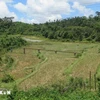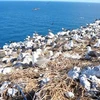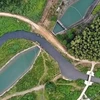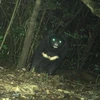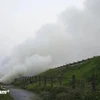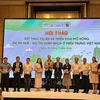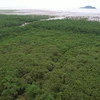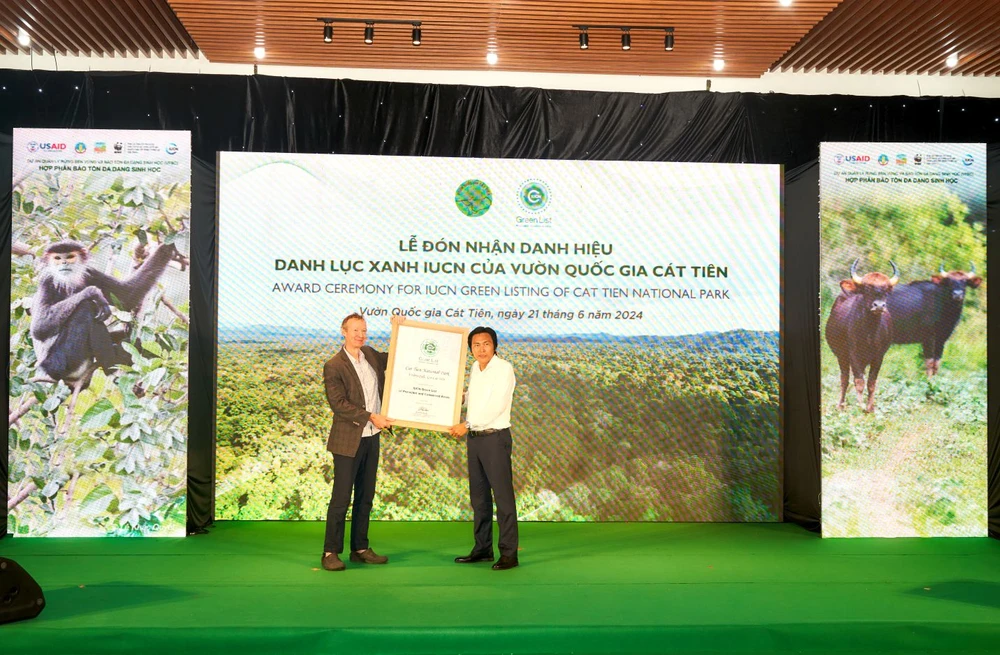
Hanoi (VNA) – The International Union for Conservation of Nature (IUCN) recently added Cat Tien National Park in southern Vietnam to its Green List of Protected and Conserved Areas, making it the 72nd in the world and the second in Vietnam to achieve the distinction.
The park registered for the Green List in September 2018, with its application developed since January 2022.
Cat Tien National Park, established in 1978 and spanning more than 82,000 hectares in the provinces of Dong Nai, Lam Dong, and Binh Phuoc, is home to 1,729 animal species from 238 families and more than 1,600 plant species from 710 families, including some rare species such as Asian elephants, gaurs, black-shanked douc langurs, Javan pangolins, and Siamese crocodiles.

The Green List is a set of metrics measuring conservation success, initiated at the IUCN World Conservation Congress in 2016.
To be included in this list, conservation sites must meet 17 criteria with 50 indicators. Over 300 conservation sites from 60 countries have applied.

Jake Brunner, Director of IUCN’s Lower Mekong Region, stated that achieving the Green List certification is not just about pursuing a title but demonstrating long-term commitment and perseverance.
He said gathering evidence to prove compliance with the 17 criteria of the standard is very complex, he said, adding the fact that two of the three Green List sites in Southeast Asia are in Vietnam reflects the determination of the country's Government to improve standards of protected area management.
Van Ngoc Thinh, Country Director of the World Wide Fund for Nature in Vietnam, said that achieving the Green List title is clear evidence of significant progress in the park's management over the past two years.
The Green List sets the most stringent criteria for evaluating conservation activities and protected area management. Adhering to these criteria helps conservation sites identify future priorities, he added.
In 2019, the Van Long Wetland Nature Reserve in the northern province of Ninh Binh became the first in Vietnam and Southeast Asia to be granted the Green List status.
Currently, 10 national parks and conservation sites nationwide are completing procedures to earn the recognition. The Bidoup-Nui Ba, Bach Ma, and Cuc Phuong national parks are expected to finalise their proposals for IUCN certification in 2024./.


